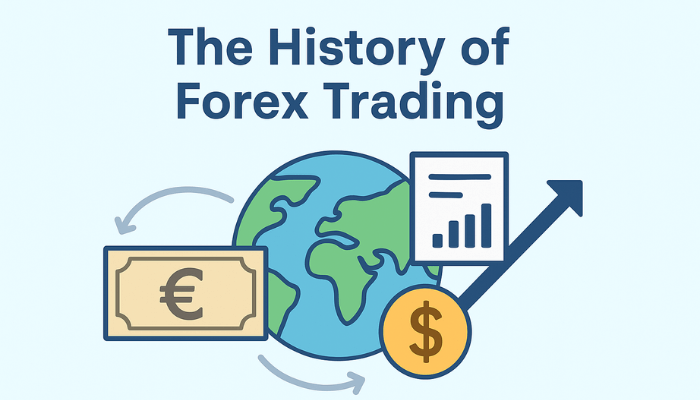
The Forex market has not always existed in the form we know today. It has evolved over centuries through different stages:
- The Barter System (Ancient Times):
Before money existed, people exchanged goods and services directly. This was the earliest form of trade. - The Gold Standard (1870s – 1914):
Currencies were tied to gold. This provided stability, but limited flexibility. - Bretton Woods Agreement (1944 – 1971):
After World War II, major countries fixed their currencies to the US Dollar, which was backed by gold. - Floating Exchange Rates (1971 – Present):
When the US abandoned the gold standard, currencies began to float freely against each other, creating today’s modern Forex market. - Rise of Online Trading (1990s – Present):
With the internet and trading platforms like MT4/MT5, retail traders worldwide can now access Forex directly.
👉 Understanding the history of Forex helps you see why currencies move the way they do and why Forex is now the largest financial market in the world.